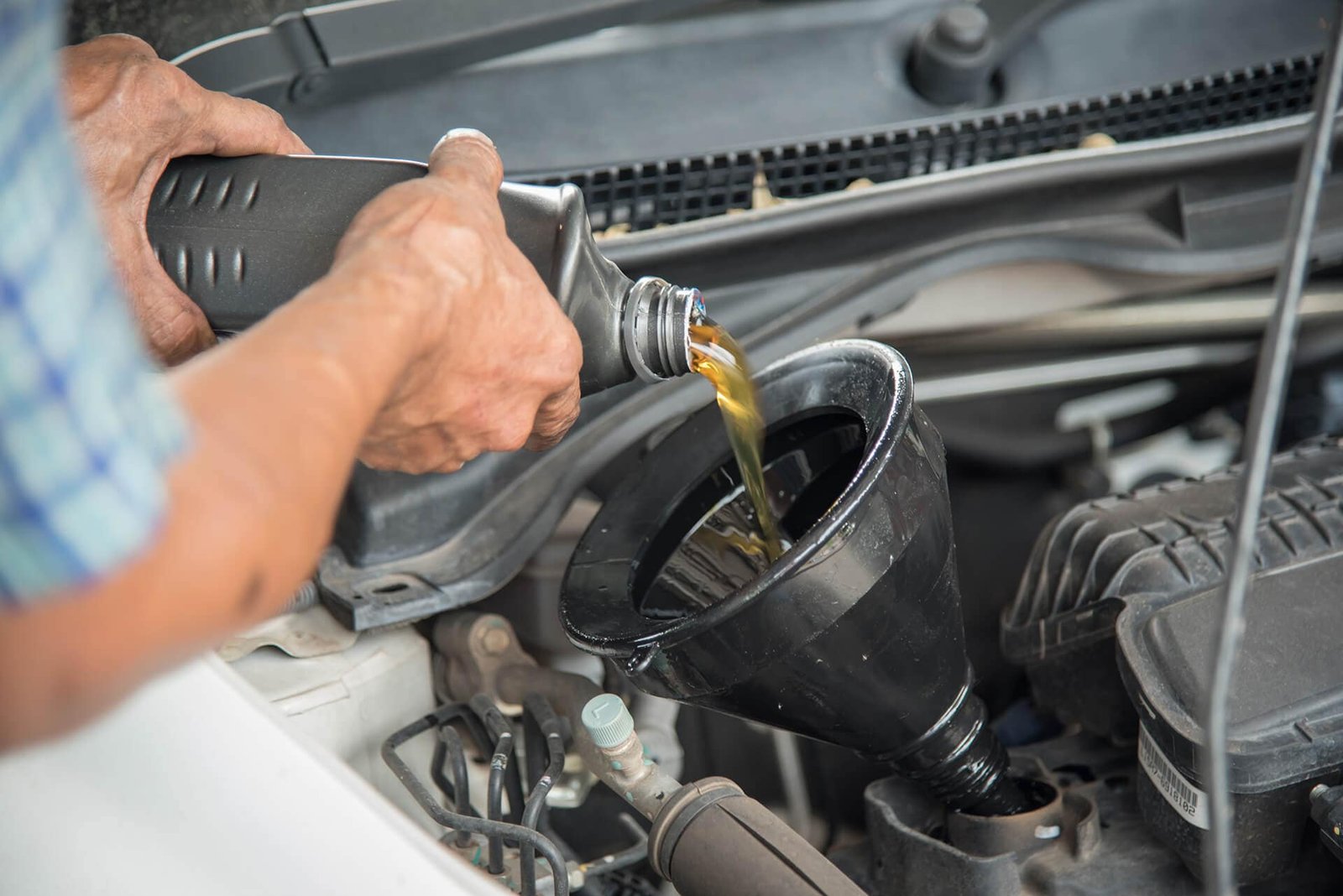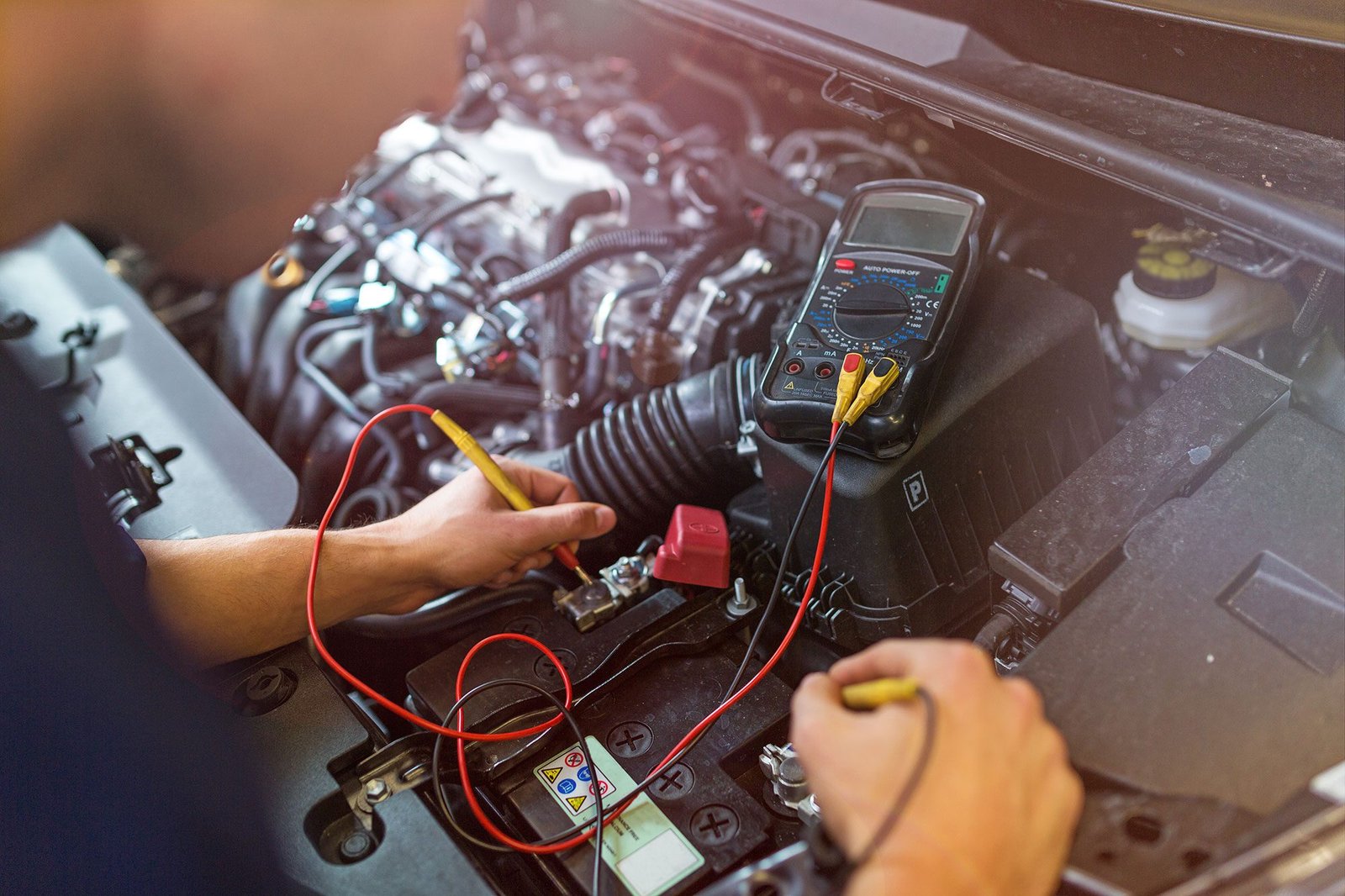DIY Oil Change: Are you tired of paying a fortune every time your car’s oil needs to be changed? Learning how to change your oil will not only save you money, but it will also help you take better care of your car. In this complete guide, we’ll teach you everything you need to know to change your oil like a pro.
DIY Oil Change: How to Change Your Motor Oil: Why Regular Oil Changes Are Important
Regularly changing the oil in your car’s engine is important to keep it healthy and extend its life. New motor oil keeps your engine running smoothly, reduces friction, and helps dissipate heat to prevent premature damage.
Why Changing Your Motor Oil Can Save You Money
Over time, you can save a lot of money on maintenance if you learn how to change your oil. You can complete this important job in the comfort of your garage with just a few tools and supplies.
How to know engine oil
Different types of motor oil
There are different types of motor oil, such as synthetic, standard, and blended oils. Choosing the right motor oil for your car is important because each type has its advantages and qualities.
How to choose the best motor oil for your car
Check the owner’s car instructions to find out the type and consistency of the oil. This protects the engine and ensures that it works optimally.
What you need: Basic tools to change your oil yourself
Before you start an oil change, make sure you have the right tools, such as a wrench, oil filter wrench, drain pan, funnel, and gloves.
How good is the oil and filter?
Invest in high-quality motor oil and filters to ensure your engine stays lubricated and clean. Products that are too cheap or substandard can harm engine performance and lifespan.
DIY Engine Coolant Flush: Prevent Overheating
How to do it step by step
Prepare your vehicle
When you are ready to change your oil, park your car on a level surface and let the engine cool. For extra safety, you can apply the parking brake and lock the wheels.
Remove old oil
Place the drain pan under the car under the drain plug. Use a wrench to loosen the drain plug and slowly pour the old oil into the pot.
Buy a new oil filter
Using an oil filter wrench, you can remove the old oil filter and install the new one. Before installing a new filter, lubricate the fittings with new oil.
Add more oil
Use a hose to get the right amount of new oil into your engine. Use the dipstick to check the oil level and add more oil if necessary. Replace the oil filler cap and start the engine to allow the new oil to flow.
Safety tips to help you succeed
Gloves and safety glasses should always be worn when working with hot oil. Don’t just use a hydraulic jack to support the car; also use a hydraulic jack to support the car. Also, use jack stands.
What not to do: Common mistakes
Avoid tightening the drain plug or oil filter as this may cause damage or leakage. Follow the manufacturer’s recommendations regarding oil consistency and frequency of replacement.
Oil change frequency and factors affecting oil change intervals
When you need to change your oil depends on your driving style, the age of your car, and the weather. Consult your vehicle owner’s manual for special recommendations.
Advice on different types of vehicles
Older cars and cars with higher mileage may require oil changes more often to keep the engine in top condition. Make any necessary changes to your maintenance schedule.
Thinking about the environment
How to properly dispose of old oil
Take used oil to a collection center or car workshop as a responsible way to dispose of used oil. Do not pour oil into the drain or onto the ground; that’s not good for the planet.
Oils that are good for the environment
You may want to use recycled or eco-friendly oils that are better for the planet without being less effective. There are more and more options available that can help you reduce your carbon footprint.
Benefits of changing your oil yourself
Spend less money on wages
You can save a lot of money over time by changing your oil. You don’t have to pay for professional auto work.
Better understanding how to maintain your vehicle
Learning how to change your oil can help you better understand how your car works, making it easier to troubleshoot problems and make other repairs in the future.
Leaking or strange noises after an oil change:
With the right tools and expertise, it’s easy and can save you time and money in the long run. By following this important guide, you can confidently change your oil and keep your car running smoothly for miles to come.



